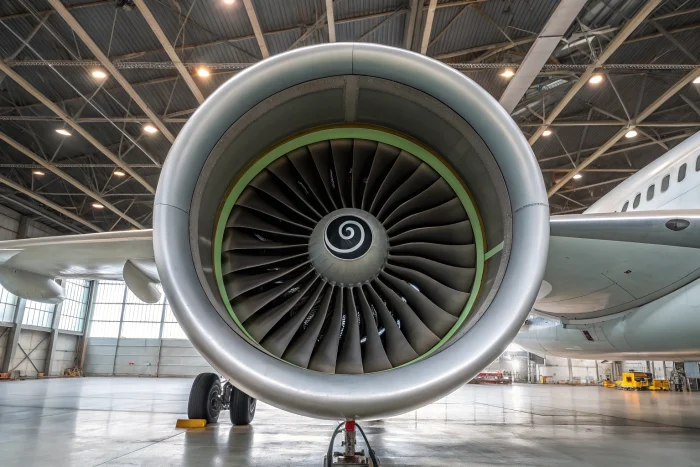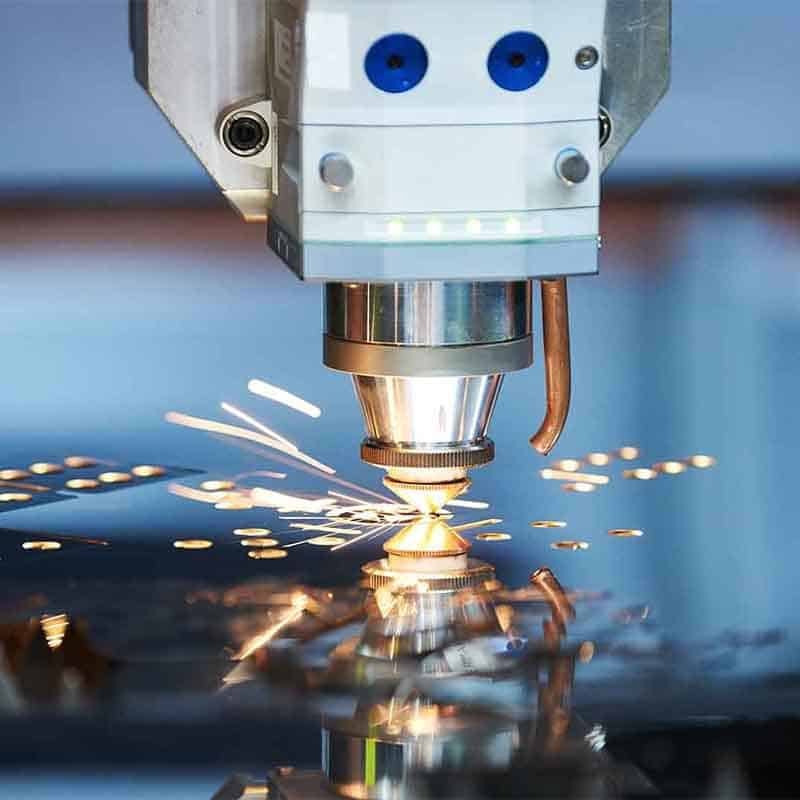Advanced ceramics with high temperature resistance can endure extreme thermal conditions without losing strength or dimensional accuracy. Learn how these thermal-stable ceramics reduce failures, boost safety, and enhance efficiency in demanding applications.
High temperature resistance refers to a material’s ability to retain its mechanical integrity, structural stability, and performance characteristics when exposed to elevated or extreme heat. Unlike metals that may soften or oxidize at high temperatures, high-temperature ceramics are designed to withstand thermal loads for prolonged periods—reducing the risk of warping, melting, or rapid degradation.

Why It Matters:
Minimized Downtime & Failures
Components that can handle extreme heat are less likely to fail or deform, decreasing unexpected outages and costly repairs.
Enhanced Safety
In high-temperature operations—such as furnaces, reactors, or engines—using heat-stable ceramics mitigates the risk of catastrophic failure, improving overall safety.
Consistent Performance
When a material maintains its properties under thermal stress, you get reliable output and predictable product quality in processes like semiconductor manufacturing or metal casting.
Extended Service Life
By resisting thermal degradation, ceramics reduce replacement frequency and long-term maintenance costs, providing a strong return on investment.
Crystalline Structures & Strong Bonds
Ceramics often rely on ionic or covalent bonds, which remain stable at temperatures exceeding 1000°C or higher.
Minimal Grain Growth & Porosity
Advanced sintering techniques—like hot isostatic pressing (HIP)—produce dense microstructures that resist creep or micro-cracking under heat.
Thermal Shock Considerations
Certain ceramics (e.g., silicon nitride, zirconia) also excel in handling rapid temperature changes, thus combining thermal shock resistance with high-temperature stability.
Maximum Service Temperature
Thermogravimetric Analysis (TGA)
Coefficient of Thermal Expansion (CTE)
Thermal Shock Testing (ASTM C1525, etc.)
Below is a representative table comparing different ceramics known for their high temperature performance. Actual figures may vary based on composition, grade, and manufacturing methods.
| Material | Max Service Temp (°C) | Thermal Expansion (×10^-6/°C) | Thermal Shock Resistance | Density (g/cm³) |
| Zirconia (ZrO₂) | ~1,000 – 1,200 | 8.0 – 10 | Good (Toughened Types) | 5.6 – 6.1 |
| Alumina (Al₂O₃) | ~1,600 – 1,700 | 7.5 – 8.5 | Moderate | 3.8 – 4.0 |
| Silicon Nitride (Si₃N₄) | ~1,200 – 1,400 | 2.5 – 3.2 | Excellent | 3.1 – 3.3 |
| Silicon Carbide (SiC) | ~1,500 – 1,600 | 3.7 – 4.2 | Moderate | 3.1 – 3.2 |
Key Takeaways:
Still unsure which material is best? Get a free recommendation.
Furnace & Kiln Components
Aerospace & Defense
Automotive & Power Generation
Semiconductor Processing
Challenge:
A metal foundry faced frequent burnout of steel furnace linings and ladles, causing production delays and safety risks at elevated temperatures above 1,400°C.
Solution:
They replaced critical steel parts with alumina-based refractory ceramics designed for continuous high-heat exposure.
Outcome:
Explore More Case Studies or Contact Us to discuss a solution tailored to your industry.
We offer end-to-end solutions for high-temperature ceramic components, from initial material selection to precision manufacturing and final QC.
Wide Range of Ceramics
Advanced Sintering & Forming
Precision Machining & Finishing
Quality Assurance & Testing
Engineering Consultancy
Many advanced ceramics (e.g., silicon nitride) combine high temperature resistance with excellent thermal shock resistance, meaning they can endure rapid temperature swings without fracturing. Others (like alumina) can handle very high temps but may be more susceptible to shock-induced cracks.
Oxidation resistance varies by ceramic type. For example, silicon carbide forms a protective SiO₂ layer at high temps, whereas metals often oxidize aggressively. If your process involves corrosive gasses or molten salts, we can recommend corrosion-resistant ceramic grades.
Factors like required component size, shape complexity, and service environment all impact cost. Alumina may be budget-friendly for high-heat uses, while silicon carbide or zirconia offer specialized benefits (thermal conductivity or toughness). We can help you optimize performance-to-cost ratio.
Yes. Ceramic coatings can enhance the thermal performance of metal parts, or you can opt for composite ceramics (fiber-reinforced) for added toughness at high temps. Our R&D team is happy to discuss these advanced options.
Absolutely. However, you’ll need to design for differential thermal expansion and possibly integrate flexible seals or gaskets. We routinely assist clients in creating hybrid assemblies that maintain structural integrity under heat.
Depending on complexity, lead times can range from 4 to 8 weeks. Prototyping might be faster if we have standard tooling or shapes available.
Still have more questions?
Send us an inquiry or check out our blog for deeper dives into ceramic materials and industry trends.
Empower your processes with thermally stable, high-temperature ceramics that resist warping, cracking, and degradation in extreme heat environments. Let’s collaborate to find the best material solution for your project.

We will get back to you within 12 hours.
We will be in touch within 12 hours. Your intellectual property is 100% secure with us.